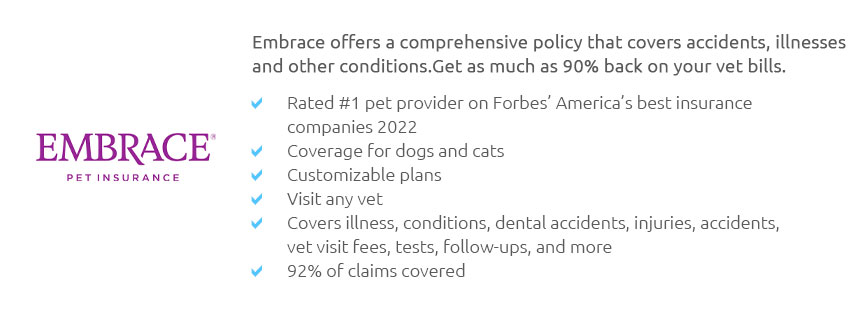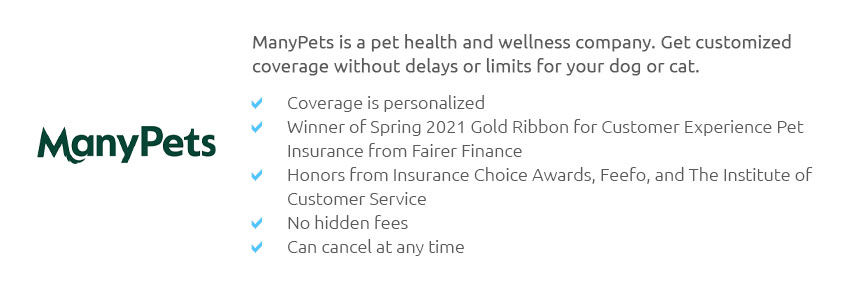 |
 |
 |
 |
 |
 |
|
 |
|
 |
|
 |
|
 |
|
 |
 |
 |
 |
 |
 |
 |
 |
Understanding Pet Insurance Ratings: A Comprehensive ExplorationPet insurance has steadily gained traction among pet owners, eager to provide their furry companions with the best possible care without the constant dread of hefty veterinary bills. As this sector burgeons, understanding the nuances of pet insurance ratings becomes ever more crucial. These ratings serve as a beacon, guiding potential policyholders through a sea of options. But what exactly do these ratings entail, and how should one interpret them to make informed decisions? Let's delve deeper into this essential topic. The Importance of Pet Insurance Ratings At their core, pet insurance ratings are assessments of how well an insurance provider performs across various parameters. These can range from coverage options and claim processing times to customer service and overall customer satisfaction. A high rating generally indicates a reliable insurer that fulfills its promises, while a lower rating might suggest potential pitfalls. However, it's imperative to recognize that these ratings, while helpful, should not be the sole determinant in choosing a policy. Key Factors Influencing Ratings
Pros and Cons of Relying on Ratings While ratings offer a snapshot of a provider's performance, they are not without limitations. On the one hand, they simplify decision-making by distilling complex information into digestible scores or stars. This is particularly beneficial for first-time buyers who might find the intricacies of insurance overwhelming. On the other hand, ratings can sometimes mask underlying issues. For instance, a company might score well overall but have poor customer service, which might be crucial for some pet owners. Additionally, ratings often fail to capture personal experiences and unique circumstances, underscoring the need for comprehensive research. Final Thoughts In conclusion, while pet insurance ratings provide a valuable starting point, they should be complemented with thorough research and personal evaluation. Consider seeking out reviews, speaking with current policyholders, and consulting with veterinarians to gain a holistic view. Ultimately, the best pet insurance policy aligns with your specific needs and offers peace of mind, knowing that your beloved pet is well-protected. https://www.youtube.com/watch?v=xcEQ_U7djac&pp=ygUII2Jlc3RpZTI%3D
Been to the veterinarian lately? You know it's not cheap. If you're like a lot of pet owners, you've probably asked yourself, Should I get ... https://www.consumerreports.org/money/pet-insurance/
Looking for the best Pet Insurance? Consumer Reports has honest ratings and reviews on Pet Insurance from the unbiased experts you can trust. https://www.aspcapetinsurance.com/research-and-compare/compare-plans/aspca-pet-insurance-reviews/
ASPCA Pet Health Insurance customers share their experience on how pet insurance has benefited them and helped their pets live happier, healthier longer lives.
|